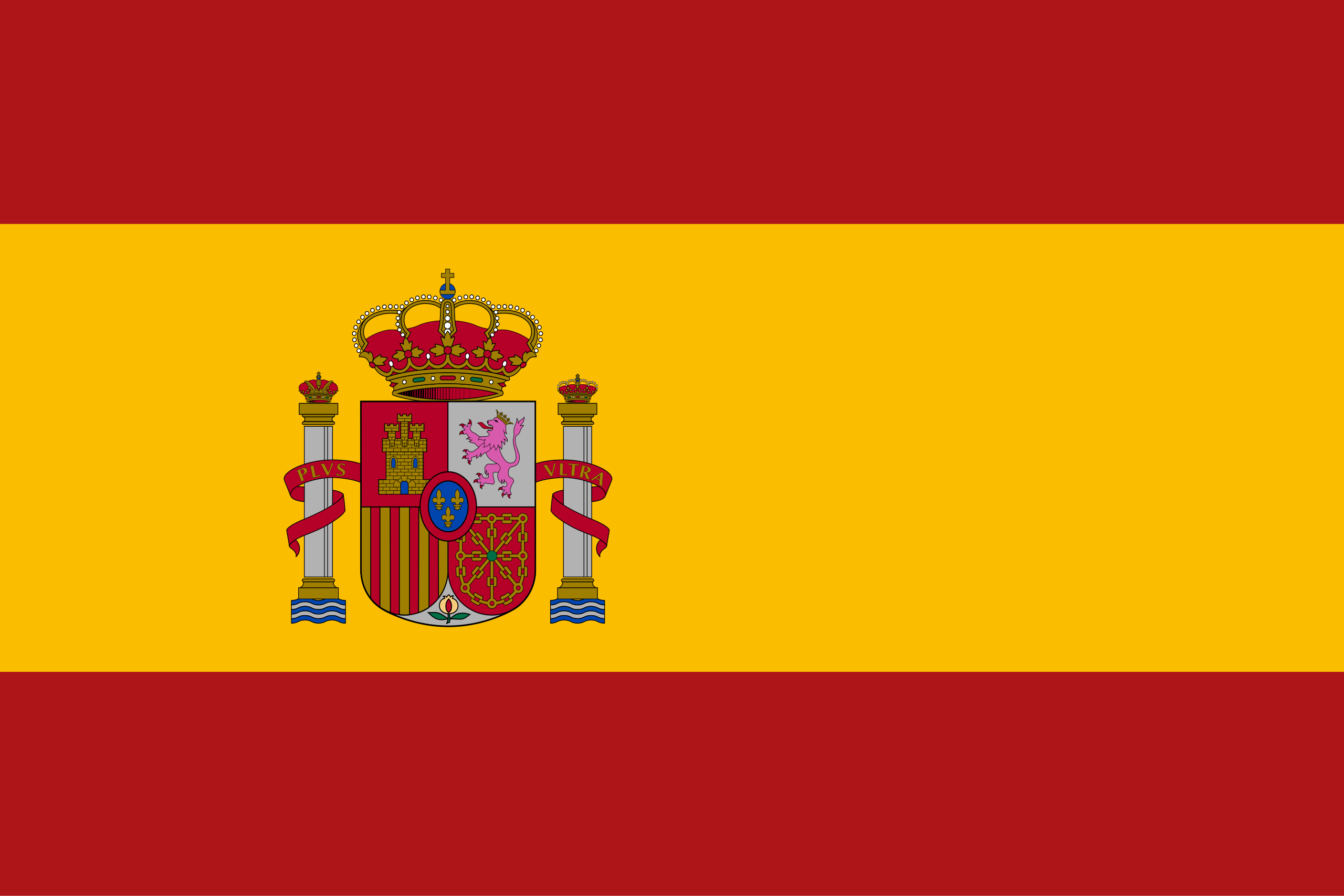For those setting sail around St. Martin, the cruising conditions are excellent, offering a unique blend of Caribbean charm and European sophistication. Let’s dive into the key factors that will shape your St. Martin yacht charter experience.
Provisioning
Provisioning in St. Martin is convenient and easy, especially in Marigot and Philipsburg, where you'll find large supermarkets, local markets, and gourmet shops. For fresh seafood, check out the local fish markets, and don’t miss out on the French cheeses, wines, and pastries available on the French side. Pre-ordering provisions through your charter company is also a popular option to ensure everything is ready when you board.
Resources:
- Local cruising guides and charts are essential for navigating the waters around St. Martin and neighboring islands.
- Weather apps like Windy are perfect for keeping track of wind conditions and weather forecasts.
When to Charter
The best time to sail around St. Martin is between November and June, avoiding the hurricane season that typically runs from July to October. The trade winds provide steady breezes throughout the year, with peak winds during the winter months. The sailing is pleasant and consistent, making it ideal for both seasoned sailors and those new to yacht charters.
Wind and Weather
Expect northeasterly trade winds averaging between 10 to 25 knots during the high season. Sailing between St. Martin, Anguilla, and St. Barts offers a variety of conditions, from smooth coastal cruising to more challenging open-water passages. The seas are generally calm, though stronger winds can make the crossing between the islands more exhilarating.
Navigating the Channels
Sailing around St. Martin and its neighboring islands is straightforward, but it’s important to keep an eye on the navigation markers, especially when entering harbors like Marigot or Gustavia. While most passages are well-marked, vigilance is required near coral reefs and shoals. Night navigation is not recommended due to unmarked hazards in certain areas.
Anchoring and Mooring
St. Martin offers a variety of excellent anchorages and mooring options. Most of the prime spots have depths ranging from 2 to 5 meters, making anchoring relatively easy. Many restaurants, such as in Grand Case or Marigot, offer mooring balls for dining customers. Ensure you check the condition of mooring balls before use, as some may not be well-maintained.
Safety Tips:
- Night Navigation: Avoid sailing at night due to the presence of unmarked hazards and coral heads.
- Weather Monitoring: Stay updated with the latest weather forecasts using apps like Windy and VHF weather channels.
- Tides and Currents: The tidal range in the area is minimal (usually less than a foot), but currents can be stronger near certain passes, especially between islands like St. Martin and Anguilla.
Conclusion
Cruising around St. Martin offers an exciting and diverse experience, combining calm waters with steady winds, making it ideal for sailors of all levels. With beautiful anchorages, a mix of lively towns, and quiet islands nearby, the region provides the perfect mix of adventure and relaxation. With a little preparation and local knowledge, a yacht charter in St. Martin will be an unforgettable journey through some of the Caribbean’s most stunning waters.
